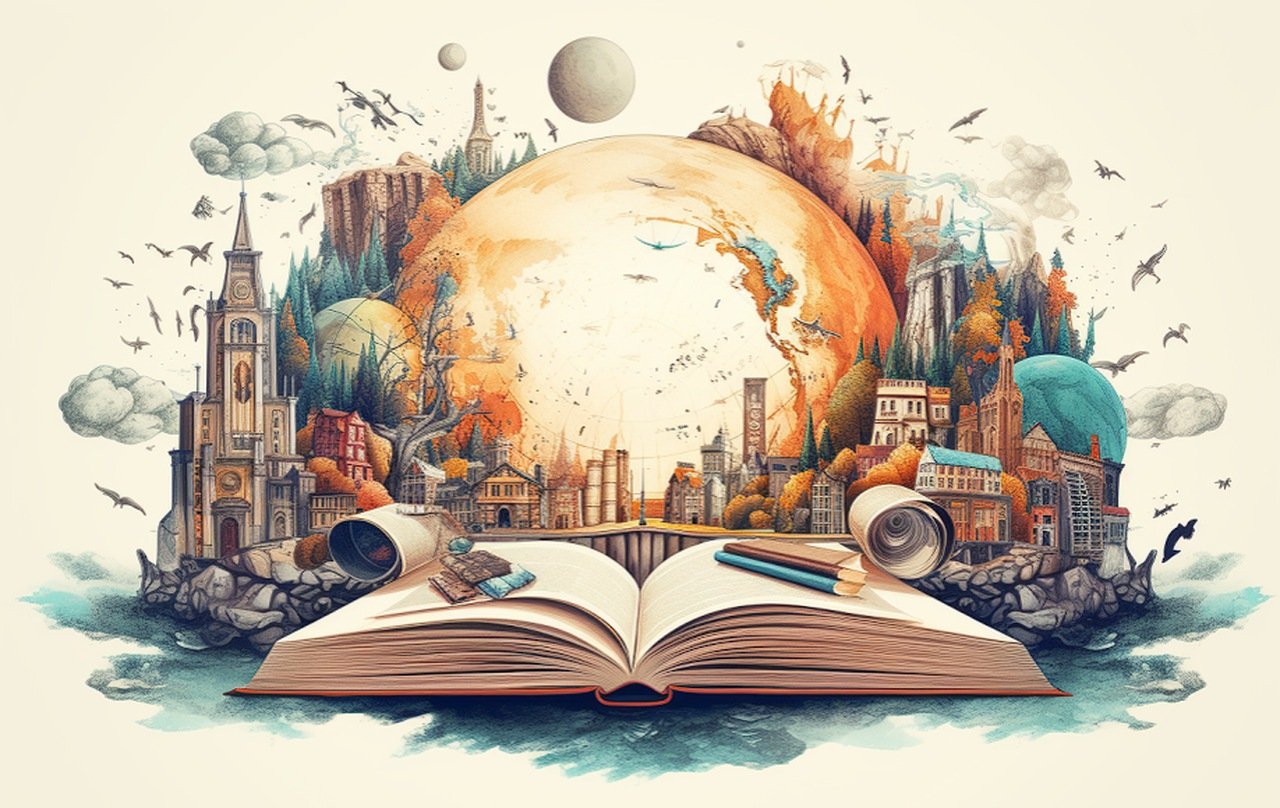If you have an idea for a book need a little help to get you going it might be worth turning to AI to help you flesh out your idea. Using AI, specifically ChatGPT-4, to write a book can be a highly effective strategy. It’s a process that requires a balance of human creativity and AI efficiency. Whether you’re a seasoned author or a novice writer, understanding and leveraging this technology can enhance your writing process and productivity. However, it’s essential to remember that the AI is a tool to assist in the process, not a replacement for the creativity and passion that are at the heart of every great book.
This sophisticated language model, developed by OpenAI, has been used by authors across the globe to aid in the creation of both fiction and non-fiction works. One such author is the Nerdy Novelist, who has successfully written and published 12 books using AI.
Preliminary steps
Before diving into the actual writing, some groundwork is necessary. Start by sketching an outline for your book. Outlining organizes your thoughts and sets a roadmap that can save you time later. ChatGPT can aid in brainstorming ideas, but the human touch is essential for shaping the overall narrative and flow. Next, identify your target audience. Knowing who you’re writing for will not only help you decide the tone and style but also make the content more relatable and engaging. Lastly, decide on the writing tools you will use. Some writing platforms can even integrate with GPT-3 or GPT-4 APIs, enabling a more streamlined process.
How to write books using ChatGPT-4
The journey of writing a book with the aid of AI, is a progressive process. It starts with a small concept and gradually expands, with the AI serving as a tool to enhance productivity rather than a replacement for human creativity. This is a crucial point to remember when using AI for writing. The AI technology is there to assist, not to take over the creative process.
Other articles we have written that you may find of interest on the subject of AI writing tools :
The writing process
The first step in the actual writing process is to break down your outline into smaller, more manageable sections or chapters. This makes it easier to focus on individual segments without feeling overwhelmed by the book’s entirety. Once you’ve divided the work, the next step is crafting prompts for each section. Your prompts should be specific, aiming to convey exactly what you wish to cover in each part. The more precise your prompt, the closer the generated text will be to your desired output.
Run the prompt through ChatGPT and review the generated content. It’s unlikely that the first draft will be perfect. You may need to refine the prompt or make manual edits to improve clarity, remove filler, and correct inconsistencies. This iterative process, involving prompt tweaking and manual revisions, can produce more refined and accurate content. An optional but recommended step is to use the edited section as a new prompt for ChatGPT. This feedback loop can often generate more detailed or nuanced content, gradually homing in on exactly what you want to say.
Review
After writing individual sections, it’s essential to ensure that the overall text maintains flow and continuity. It’s easy for individual chapters to seem disjointed when written separately. A careful review can smooth out these inconsistencies. If your book is technical or data-heavy, a technical review is indispensable for verifying facts and figures. Even if ChatGPT is generally reliable, it’s crucial to double-check every piece of information. Peer reviews can also provide valuable feedback, offering insights you might have missed and pointing out areas for improvement.
Fiction writing
For those interested in writing fiction, the process begins with brainstorming an idea. This is where the author’s creativity is paramount, and the AI tool serves as a sounding board. Once an idea is in place, the AI can assist in expanding it into a synopsis. Next, an outline is created, followed by the generation of story beats. Finally, the prose is written, with the AI offering suggestions and generating content based on the established outline and story beats. The author’s role is to validate the AI’s output at every step, ensuring it aligns with their vision and style.
Non-fiction writing
Non-fiction writing with AI follows a similar process, but with a few key differences. The author starts by listing their areas of expertise or interest. It’s important to note here that being an expert or genuinely interested in the topic is crucial when writing non-fiction. Once a chosen idea is expanded into a list of potential chapters, the AI can assist in writing each chapter.
Consider using a hybrid approach for writing non-fiction books, where the author writes the creative parts such as hooks and stories, and the AI writes the informational parts. This approach capitalizes on the strengths of both the author and the AI, creating a synergistic relationship that results in a well-rounded, engaging non-fiction book.
Additional tips
Remember to frequently save your work and maintain backups. This might seem trivial but is essential for avoiding any loss of data. Be mindful of API limitations if you’re using ChatGPT via an API, as there are rate and token limits. Finally, consider the voice and style of the generated text. While ChatGPT is versatile, it has its style. To make your book uniquely yours, you’ll likely need to edit the generated text to fit your own voice and style. Combining your expertise and creativity with ChatGPT can streamline the writing process, offering new perspectives and possibly making the experience more enjoyable and efficient.
Filed Under: Guides, Top News
Latest aboutworldnews Deals
Disclosure: Some of our articles include affiliate links. If you buy something through one of these links, aboutworldnews may earn an affiliate commission. Learn about our Disclosure Policy.







